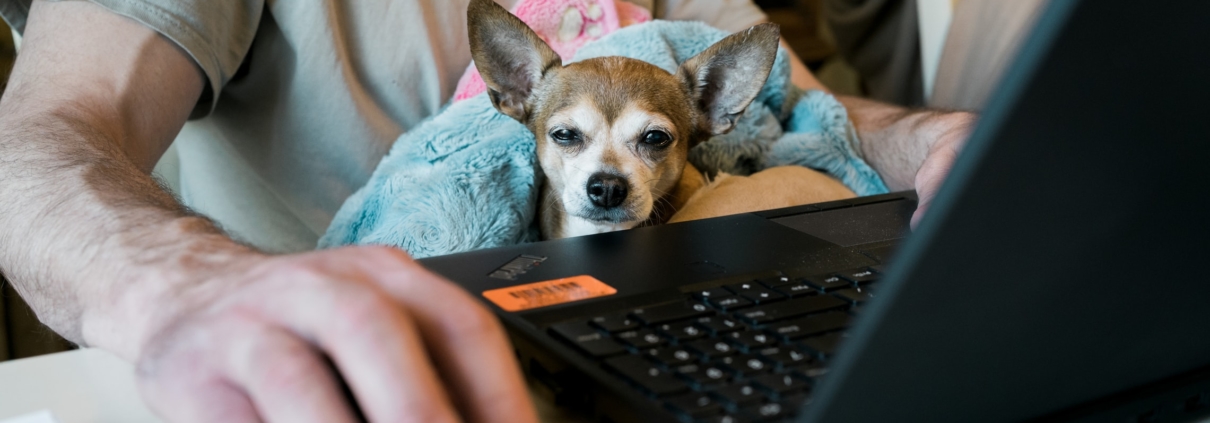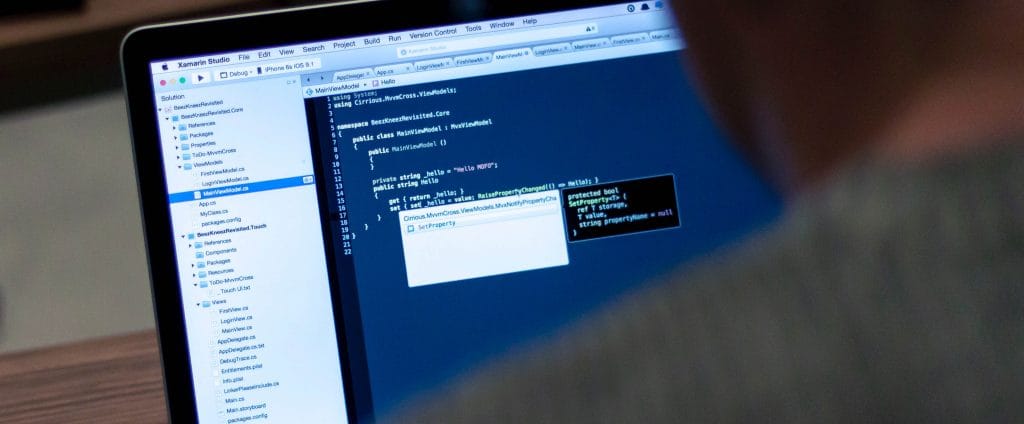Transformation Through Disruption
September 30, 2020

Introduction
The Covid-19 pandemic came and impacted severely on businesses. Although a great number of companies could not stand out and decided to go bankrupt, there are still others trying their best to go through this hard time. Let’s take a look at Chick-fil-a, a popular fast-food chain in the USA. Before Covid, customers would walk inside the restaurant and get in line to retrieve their meals. However, as the viruses spread around the world, the fast food chain made a great move to serve its customers safely. Each time a customer arrived and made an order, a Chick-fil-a staff would come out to give the customer the meal without letting him get out of the car.
In fact, Chick-fil-a did not have to do this. They could have said mobile orders can only be retrieved from the drive-thru window and that would have satisfied the requirements. Instead, they offer an alternative option to waiting in a drive-thru line that can be a hassle on its own sometimes. Chick-fil-a is one of the great examples of the diverse ways any person or company can react in times like these – times of major disruption. If you can learn how to distinguish the path to follow, you can emerge on the other side even stronger and revitalized.
“One possible next normal is that decisions made during and after the crisis lead to less prosperity, slower growth, widening inequality, bloated government bureaucracies, and rigid borders. Or it could be that the decisions made during this crisis lead to a burst of innovation and productivity, more resilient industries, smarter government at all levels, and the emergence of a reconnected world. Neither is inevitable; indeed, the outcome is probably more likely to be a mix. The point is that where the world lands is a matter of choice—of countless decisions to be made by individuals, companies, governments, and institutions.” (Kevin Sneader and Shubham Singhal, 2020)
So, have your businesses totally recovered after the pandemic? What states of disruption are your businesses currently in? How to go through the “Limbo” state and move forward to the Transformation Continuum? Let’s figure these questions out through this blog.
Disruption to Limbo
We are all trying our best to stay afloat right now. When the world shifted, there was major disruption in the way we do business and the way we go about our personal lives. We were quickly thrown into a world where we had to go completely virtual to adapt. Many of us switched to survival mode. Some of us are still stuck in this mode. The uncertainty has led to decision paralysis for many. People stuck in this state are on what we like to call the “Limbo Continuum”. In limbo, people make decisions with more caution than before 2020. While this looks like a valid state of being, the effects can be harmful. A lack of progress can change the culture of an organization to one of fear, uncertainty, and apathy. We cannot function successfully or thrive in this type of culture.
Many small businesses have failed since March. For the most part, these failed businesses were run by people who hoped the quarantine would be temporary. This hope, while good to have, led these people into a state of limbo. They closed up shop and told their employees they would be contacted whenever work would resume. Unfortunately, this miscalculation and paralysis has caused many businesses to fail. Had the owners stayed open and invested in an online presence, their outlook might have been much brighter.
Learn more about our services related to UX design and implementation.
Disruption to Recovery
The next continuum is the “Recovery Continuum”. The goal of this continuum is to get back to where you were before. Most of you will encounter something like this. Many companies are following this example. Remote work and virtual meetings will be suspended once it is safe to go back into the office. In a few months, offices and workspaces will look quite similar to the time before COVID. While this is a good goal to have, why would we ignore the innovations, valuable learning, and work-life balance benefits that were achieved through mobilizing a remote workforce?”
From a professional standpoint, cultures have had to change. Not necessarily for the worse though. Meetings pre-COVID were usually straight to the point. Now virtual meetings tend to start with a 5-minute social as people join in. Everyone catches up with one another and talks about random events like the latest football game or a Netflix show that someone just got into. This new level of interaction is good for work cultures and personal well-being in times of physical isolation.
Disruption to Transformation
Transformation is the final continuum we want to mention. Ideally, this is the continuum you should aspire to follow. In fact, some of the most successful companies reside in this continuum. Disney, Airbnb, and Netflix all started during a time of great uncertainty or hardship. Disney started during the Great Depression. What did these companies do to thrive when the rest of the world was just trying to get by? The answer, they invested in technology and innovation.
Let’s look at companies who are doing very well during this time. Netflix, Nintendo, Amazon, and Microsoft are all companies that have done very well. While they all offer products and services that were heavily used while everyone was stuck at home, how did they operate and keep up with the demand if being in-person wasn’t an option? The short answer is they all invested in technology and proactively shifted to a remote workforce. You could also say the attitude of these companies was not one of fear, uncertainty, or apathy. Microsoft heavily invested in supporting their virtual meeting client, Teams, so that the rest of the world could function remotely. Netflix released a lot of movies and shows during this time to entice customers to subscribe to their service. Netflix could have just halted all new releases and customers would have still been happy, but they went the extra mile to get more viewers.
For example, some coworking companies completely shut down in the beginning. They are a classic example of a company in the Limbo Continuum. What would it look like if they had adopted the Transformation Continuum? The coworking business model does not work in times of drastic disruption. One way they might have adapted would be to lease their furniture to people working from home who did not have any office furniture. This is something they could still do with the social distancing practices in place as their locations have had to decrease their maximum occupancy. With all the unused furniture collecting dust, coworking could put that inventory to use. Therefore, following the Transformation Continuum is the best solution for companies wanting to move forward.
Here are some questions to ask:
- Can we reach the transformation continuum?
- If not, how can we create room to make transformation possible?
Final thoughts
One of the first steps to adopting a transformative philosophy is to embrace technology. Many of us like to think we are not technology companies, but this mindset is holding us back. Now is the time for innovation. Do not settle for staying in a state of limbo. Push for digital transformation. Nothing is set in stone. You just need a little hope and courage to get started.
Keep reading about
LEAVE A COMMENT
We really appreciate your interest in our ideas. Feel free to share anything that comes to your mind.
Our 16 years of achievements includes:
-
10M+
lines of codes
-
2400+
projects completed
-
900+
satisfied clients
-
16+
countries served







